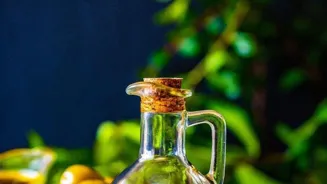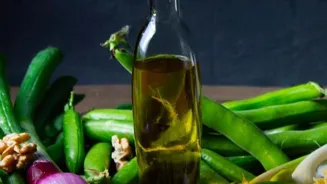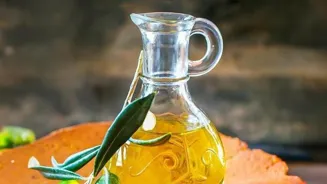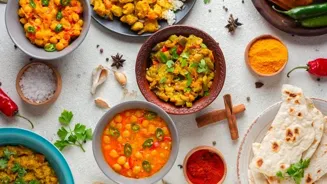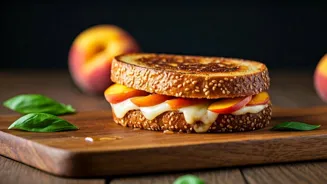Delve into the World of Olive Oil: From Tree to Table. Explore its journey and culinary magic. Uncover more here!
Olive oil, a staple in kitchens around the world, is much more than just a cooking medium.
It's a liquid treasure with a rich history and a fascinating journey, from the sun-drenched olive groves to our dining tables.
For many Indians, olive oil is becoming an increasingly popular choice, appreciated for its health benefits and versatility in both traditional and modern cooking. Let's take a closer look at how this golden elixir is made and how you can make the most of it in your own kitchen.
Olives' journey from groves to oil production
The journey begins in the olive groves, often located in Mediterranean countries like Spain, Italy, and Greece. The olive trees, some of which are centuries old, are carefully cultivated. Harvesting olives is a labor-intensive process, often done by hand to avoid bruising the fruit.
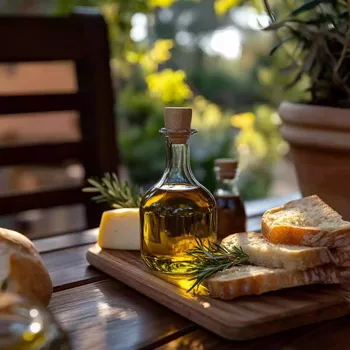
Once harvested, the olives are transported to mills for processing. The process of transforming olives into oil is a blend of tradition and modern technology. Understanding the process gives us a greater appreciation for the quality that different oils bring to the table.
The making of olive oil involves cleaning, crushing, churning, separating, and filtering for various types
The making of olive oil is a fascinating process. First, the olives are cleaned and crushed into a paste. This paste is then churned, a process that allows the oil droplets to come together. The next step is to separate the oil from the solid matter.
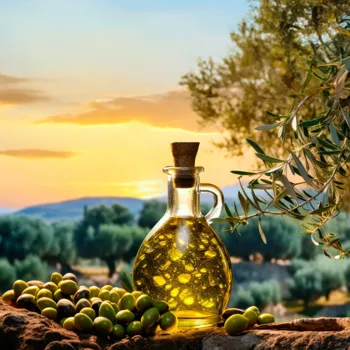
Traditionally, this was done by placing the olive paste onto mats and pressing them. These presses would extract the oil. Nowadays, many producers use modern centrifugal methods, which are faster, cleaner, and maintain a good standard.
After this, the oil is filtered to remove any remaining sediment. This results in the clear, golden liquid we know as olive oil. Different methods produce different types of olive oil, each with its own unique flavour profile and characteristics.
Quality of olive oil varies based on type of olives, extraction process, and acidity levels
Not all olive oils are created equal. The quality of olive oil is determined by several factors. These include the type of olives used, the harvesting methods, and, most importantly, the extraction process. Extra virgin olive oil, the highest quality, is made from pure, cold-pressed olives.
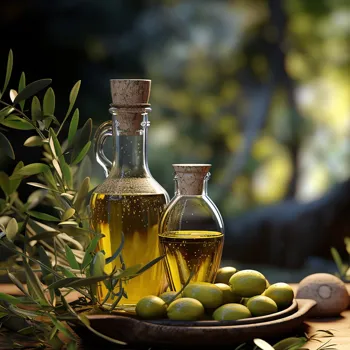
It has a low acidity level (less than 0.8%) and a superior taste and aroma. Virgin olive oil is of slightly lower quality, with a higher acidity level. Refined olive oil is processed to remove impurities and improve its flavour.
Olive pomace oil, the lowest grade, is extracted from the leftover olive pulp. It's important to check the label and understand the type of olive oil you are purchasing. Different olive oils are suited for different cooking methods and uses in your kitchen.
Olive oil enhances dishes; choose types wisely for best results
Olive oil brings a lot to your cooking. Extra virgin olive oil is best used for dressings, dips, and finishing dishes, where its unique flavour can really shine. Use it to drizzle over salads, vegetables, or cooked pasta.
High quality virgin and refined olive oils are better for cooking at medium heat. They can be used for sautéing, roasting, and baking. Olive pomace oil, with its higher smoke point, is suitable for deep-frying, though it lacks the flavour benefits of higher-grade oils.
Each type of olive oil has its strengths, and by choosing the right one, you can elevate your dishes and enjoy the full potential of this wonderful ingredient.
Olive oil's health benefits and versatility in Indian cuisine
Beyond its culinary uses, olive oil is also known for its health benefits. It is rich in antioxidants, which protect the body against damage from free radicals. Studies have shown that regular consumption of olive oil can reduce the risk of heart disease, stroke, and certain types of cancer.
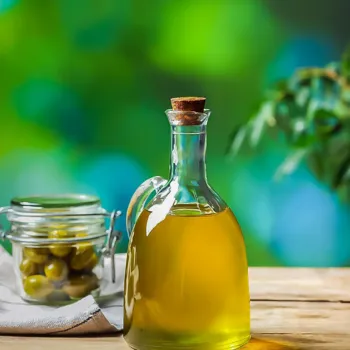
It is also good for digestion. Olive oil contains healthy monounsaturated fats, which can help lower cholesterol levels. In Indian cooking, where spices and rich flavours are common, olive oil can be a lighter, healthier alternative to ghee or butter.
It adds a subtle richness to dishes without overpowering the traditional spices.
Incorporate olive oil for healthier, flavorful Indian cooking
Integrating olive oil into your Indian kitchen is easier than you might think. Use it to temper spices for daal, sauté vegetables for matar paneer, or drizzle over a vegetable raita. It can even be used in baking, like in cakes or breads, for a moister finish.
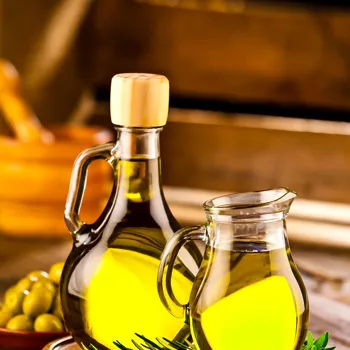
Try using olive oil in chapatis or parathas for a slightly different flavour. Don’t be afraid to experiment and find new ways to incorporate this versatile oil into your daily cooking. With its many health benefits and culinary possibilities, olive oil is a welcome addition to any Indian kitchen.
It enhances the flavours of our traditional dishes while contributing to a healthier lifestyle.
AI Generated Content. Glance/InMobi shall have no liability for the content